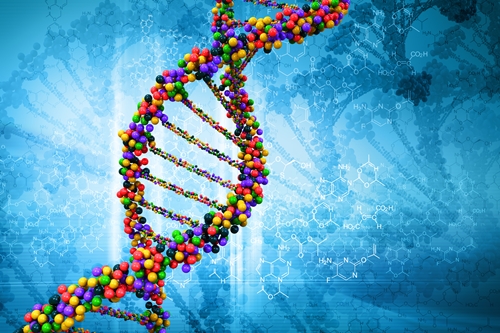29 June 2015. A registry of families with individuals having Sjögren-Larsson syndrome aims to systematically collect data about families’ experiences with the disease and provide a source of participants for clinical trials of therapies. The registry is being formed by the National Organization for Rare Disorders and Sjögren-Larsson Syndrome Network Community.
Sjögren-Larsson Syndrome, or SLS, is a genetic disorder with symptoms affecting a number of organs and functions in the body. Infants with SLS tend to be born prematurely, often with skin that becomes dry, scaly, itchy, and discolored. Children with SLS often have developmental and neurological difficulties, characterized by leukoencephalopathy, affecting the myelin that insulates nerve cells and tissue in the brain. Developmental and neurological issues include delayed and impaired speech, vision problems, delayed motor skills, muscle stiffness, and seizures.
SLS was first diagnosed in Sweden, where about 1 in 250,000 are believed to have the condition. Prevalence of SLS outside Sweden is not known. The disease is caused by mutations in the ALDH3A2 gene — short for aldehyde dehydrogenase 3 family, member A2 — that make an enzyme called fatty aldehyde dehydrogenase, which breaks down fatty aldehyde molecules to fatty acids.
The mutations disrupt this normal process, where the build up of fats interfere with formation of membranes protecting cells against water loss, which promotes the ichthyosis or dry and scaly skin encountered by people with SLS. In the brain, the fat accumulation appears to interfere with development of myelin, which affects nerve cells and their transmissions, and thus affecting neurological development.
A biotechnology company, Aldeyra Therapeutics in Lexington, Massachusetts, is developing a topical cream code-named NS2 to treat ichthyosis by trapping the excess fatty aldehydes that build up in skin cells. In March 2015, the company began an intermediate-stage clinical trial at University of Nebraska medical center in Lincoln that aims to recruit 12 participants to test NS2 against a placebo. The company is recruiting patients through the SLS Network Community Facebook page.
The Facebook page describes the patient registry as a “a questionnaire that gathers information on history of diagnosis and treatment, family history, patient experiences, etc.” In addition, says the Facebook post, the registry form includes an option to receive information or be contacted about taking part in clinical trials.
Read more:
- Rare Disease Therapy Company Raises $60 Million in IPO
- RNA Therapies Developer Spins-Off Rare Disease Venture
- Trial Underway Testing RNA Therapy for Rare Liver Disorder
- European Patent Issued for Rare Liver Disease Drug
- Trial Testing Gene Therapy for Rare Eye Disorder
* * *


 RSS - Posts
RSS - Posts
You must be logged in to post a comment.